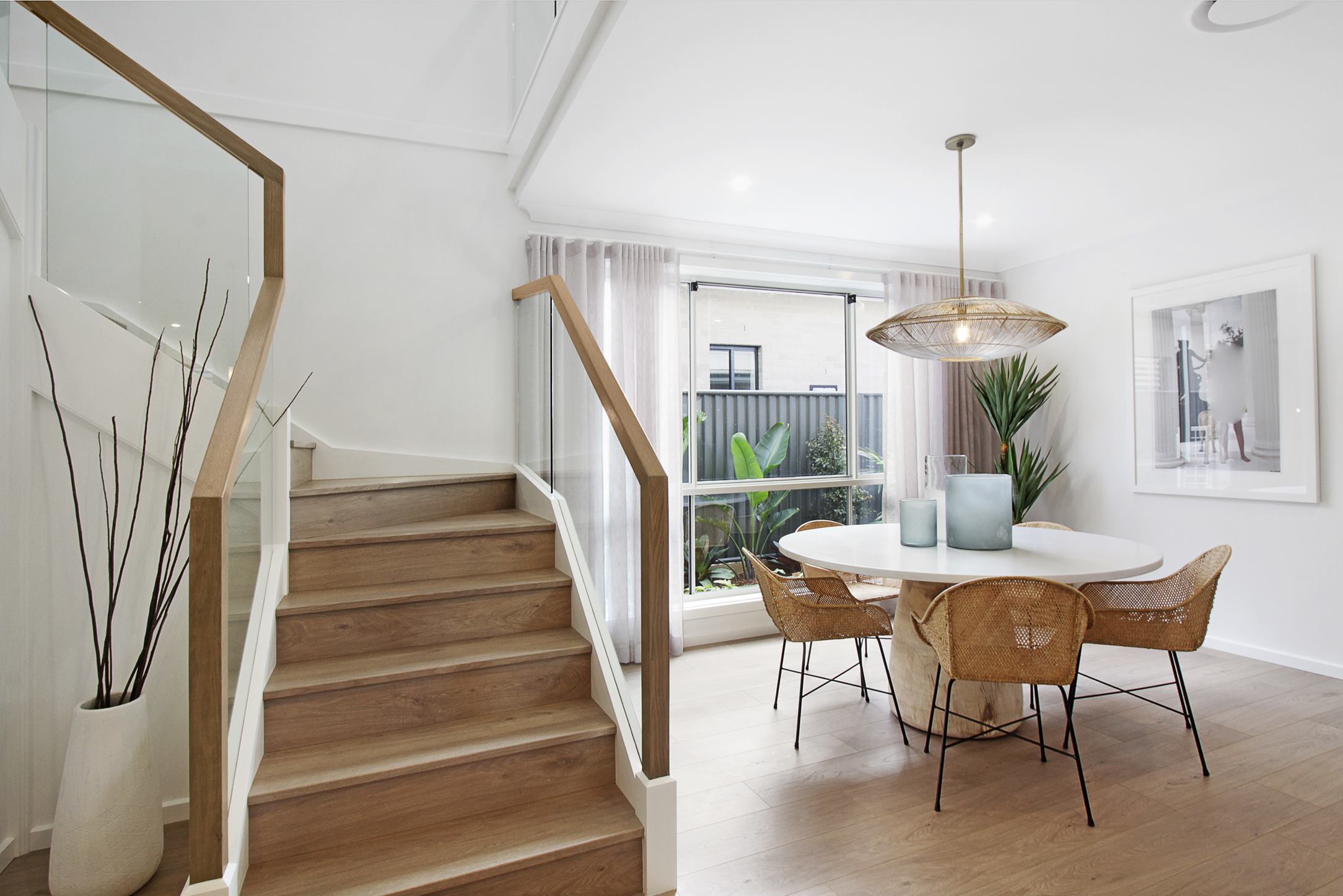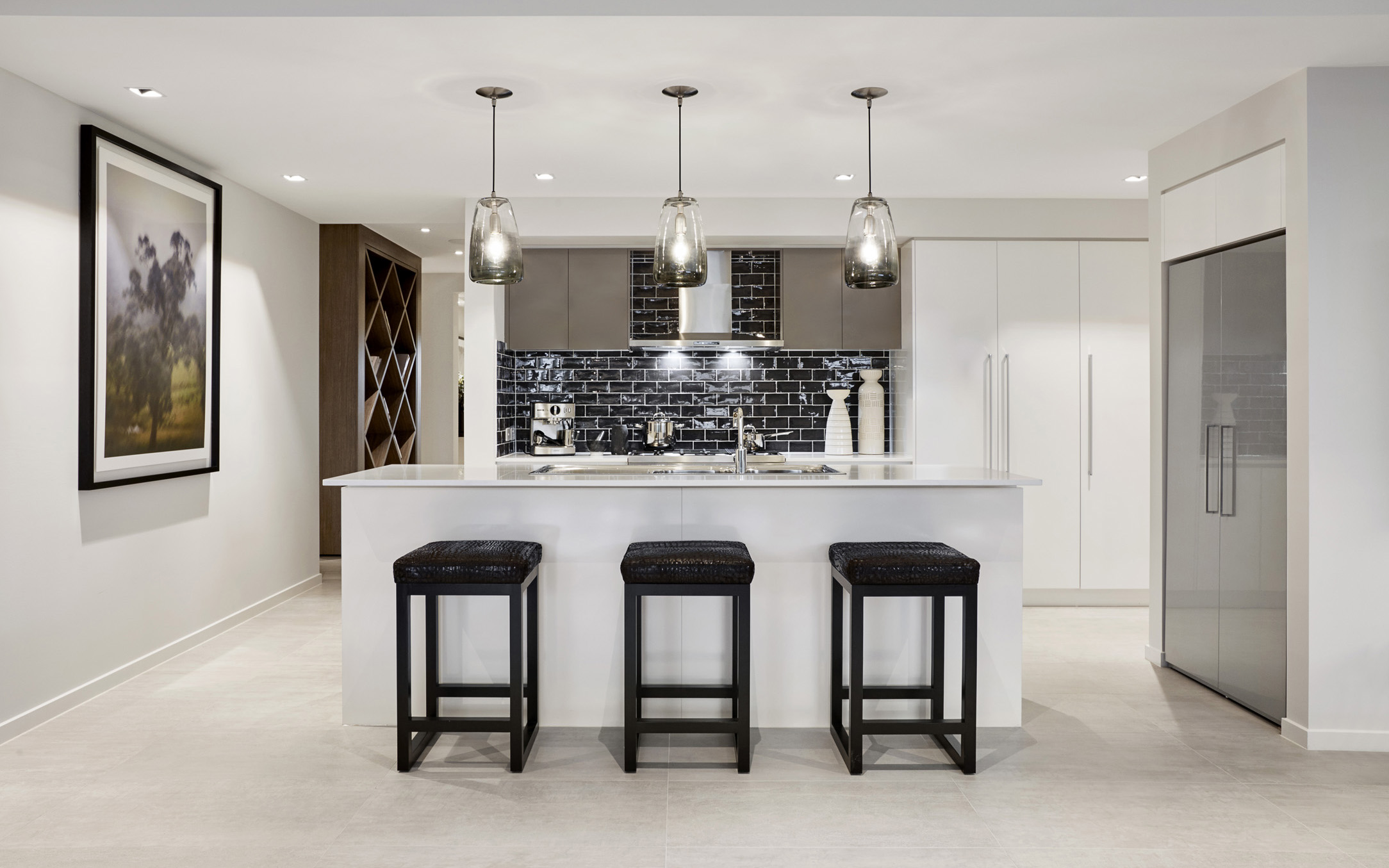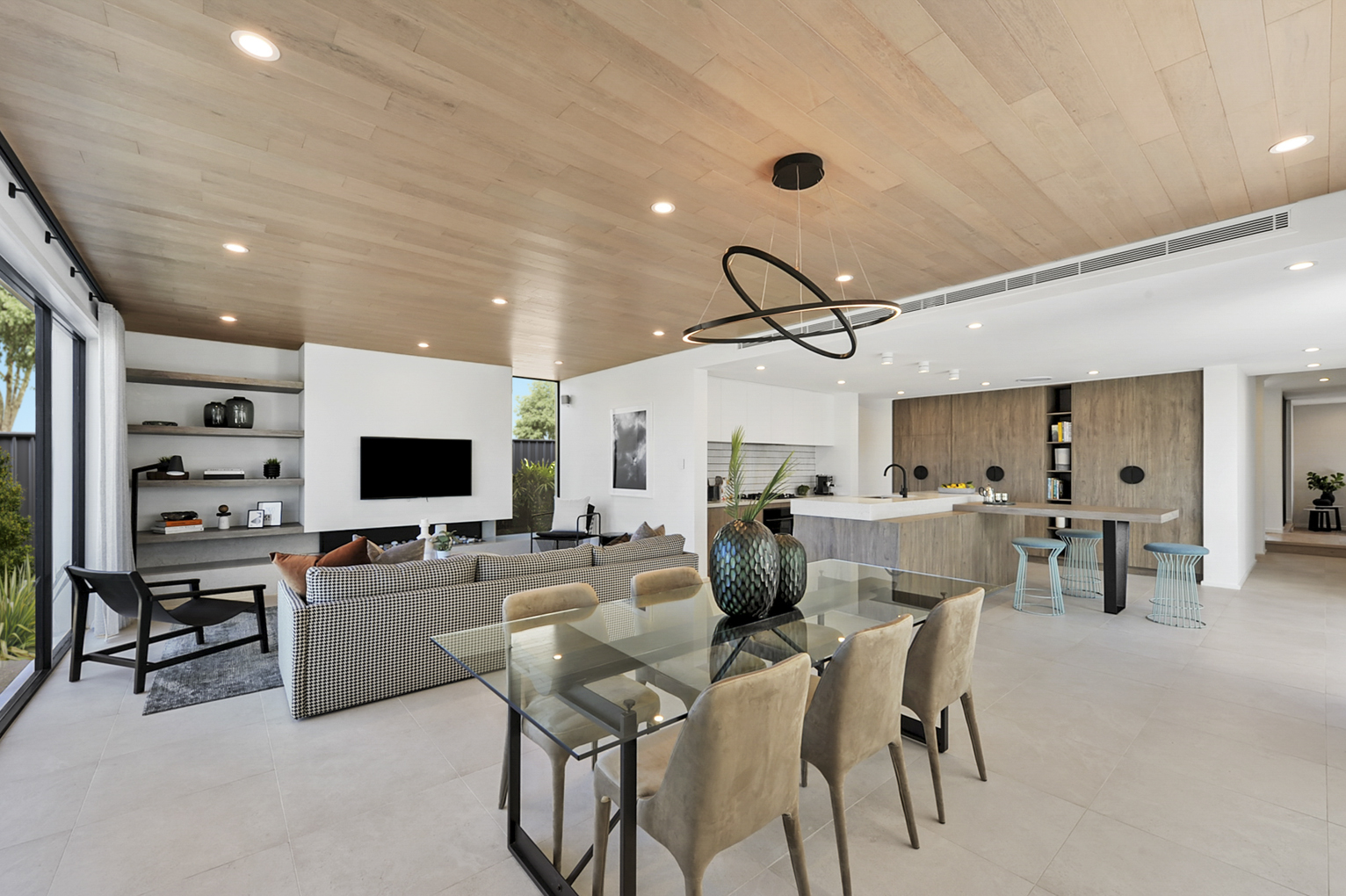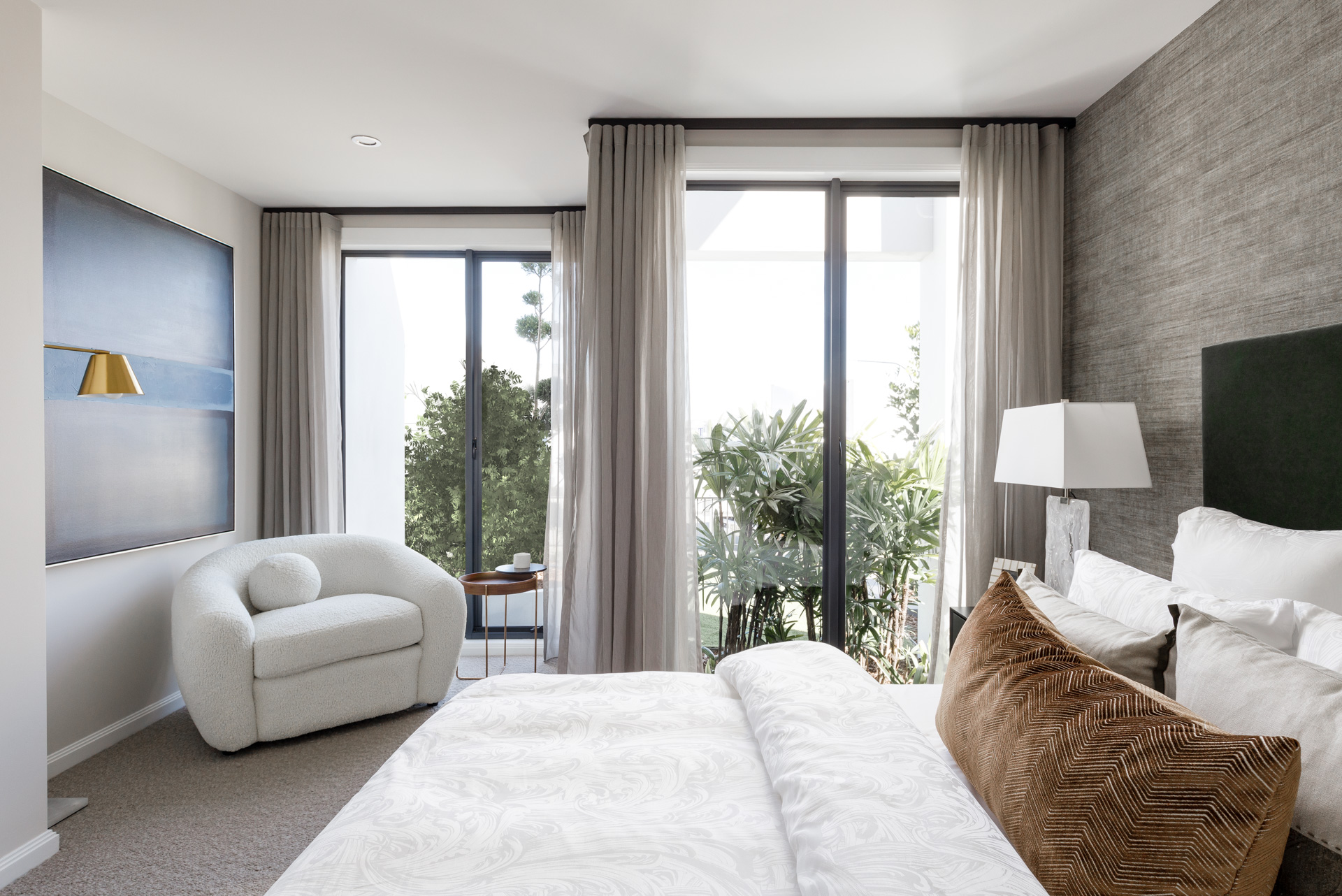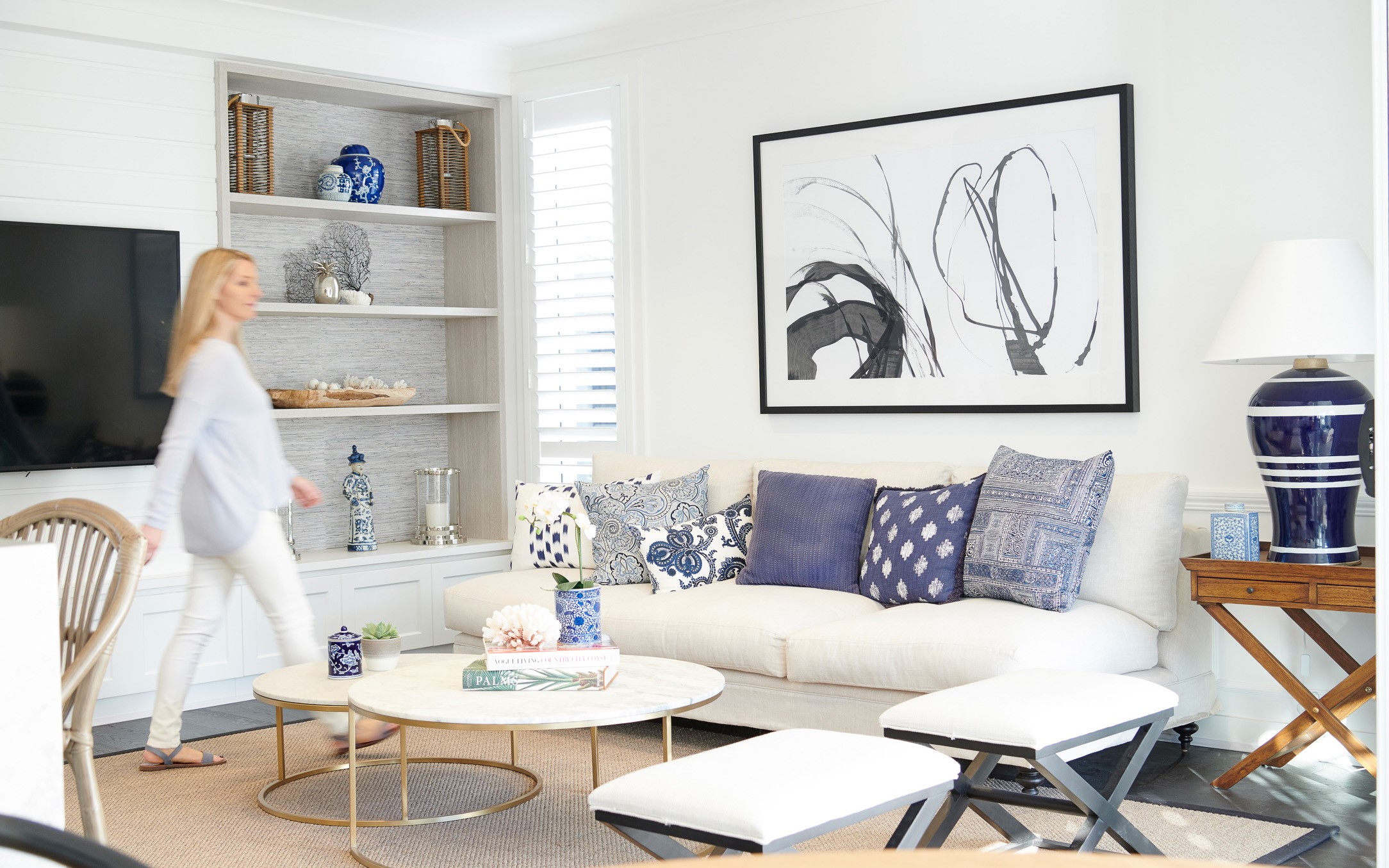Design tips & trends
What is Japandi style and how did it inspire The Block 2023 winners?
If you were in the dark until now about Japandi design style, it’s time to come into the light!
You see, the winning home on The Block 2023 is shining a huge spotlight on this design trend that, at its heart, is about warmth, simplicity, naturalness and comfort.
What is Japandi design?
What is Scandi style?
Scandinavian interiors traditionally feature an elegant and thoughtful design using a base palette of crisp white, overlaid with a neutral palette of light-coloured timbers and natural textures, such as rattan and paper cord.
Inspired by mid-century icons such as Wegner, Verner Panton and Arne Jacobsen, Scandinavian design celebrates beautifully crafted furniture and carefully curated decorative elements.
What is Japanese style?
Japanese interiors are known for their lack of clutter. Everything has a place and a purpose, with unnecessary decoration avoided. Think of Japanese-born Marie Kondo’s approach to restoring calm and sparking joy through decluttering.
Japanese homes traditionally have few pieces of furniture, paper-thin walls, and floors made of tatami mats, all creating a soft and muted palette. Bamboo is a favoured timber choice paired with white cotton and linens.
Put them together: Key elements of the Japandi look
Japandi unites these two interior styles into a beautiful, relaxed, easy-to-live-with style.
Scandi design and Japanese style have much in common; both share a simple and understated sense of design paired with a neutral palette.
Put simply, with Japandi style, less is more.
Japandi tends to include richer and darker tones than traditional Scandinavian homes, but still celebrates the natural world to create a sense of calmness and simplicity.
Sustainability is key, with furnishings and accessories chosen carefully to reflect an eco-conscious way of living. Large windows allow homes to connect with the outdoors and statement furniture is complemented by softer elements such as luxurious rugs, plush throws and chunky knits.
What’s the history of Japandi?
The Japandi style has been on the rise for a few years, with a growing aesthetic visible on Instagram and Pinterest as well as search volume fromor those seeking to capture Japandi’s calm style in their own homes.
According to the book, Japandi Living, the style harks back much further; all the way to the 1860s when a Danish sailor (yep, Denmark is part of Scandinavia) published a book about his explorations of Japan’s style and culture.
This sailor, William Carstensen, noted the similarity between the Danish concept of ‘hygge’, which is all about the wellbeing that comes from being cosy and the Japanese ideas of ‘wabi sabi’, which is about embracing nature including all its imperfections.
Japandi style on The Block 2023
Fast forward to 2023 and Japandi is set to boom, thanks to The Block 2023 winners, Steph and Gian.
At age 27, Steph and Gian are not only the youngest block contestants but Steph is the show’s first qualified architect. It was her experience working in the Scandi style within residential homes that prompted the couple’s decision to embrace Japandi design in their The Block renovation.
What you see in their series-winning home are clean lines, lots of soothing white and warm beige tones, softening notes of natural materials, and connection between indoor and outdoor spaces.
Inside, the couple used natural stone, allowed ceiling beams to remain, created open-plan kitchen and living areas, allowed plenty of storage in generous walk-in-robes and a butler’s pantry, and concealed the TV and other storage with cleverly concealed cabinetry.
Outside, the Japandi landscaping included three zones; an alfresco deck, a lawn area complete with swimming pool and sauna, and a tucked-away pizza kitchen. Out the front of Melbourne’s Hampton East home allowed feature trees to shine along with other minimalist plantings and creative rectangular and circular paving. A real highlight is the stone chimney that’s visible from the street.
Furniture focussed on comfort and wall-decorations had elements of nature as well as, in the kids’ rooms, fun.
How to integrate Japandi design into your home
You don’t need to live in Scandinavia or Japan to capture the beauty and simplicity of Japandi design.
Existing homes can be renovated or simply decorated to bring in elements of the natural and clean aesthetic.
And, if you’re in the market to build a new home, you can incorporate elements from the beginning.
The home itself
Many modern home designs have elements that lend themselves well to a Japandi look and feel. Look for homes with:
- Zoned living, which allows for easy movement between spaces yet creates a sense of coziness within each zone.
- Walk-in wardrobes, so that storage can be kept separate to the minimal lines of bedrooms
- A butler’s pantry, so you can keep the hustle and bustle of kitchen life separate to living areas and visitors.
Japandi interior design
White walls and ceilings work best as an ideal base for Japandi interior design.
Then, choose furniture pieces that are both comfortable and offer clean lines. Ideal examples are Fritz Hansen Series 7 chairs designed by Arne Jacobsen and, especially great for those on a tighter budget, IKEA’s Poäng armchair, which first launched in 1976 and still going strong.
Accessorise with natural textured cushions and throws, Japanese ceramics and perhaps the understated beauty of a Japanese Shoji room divider.
Carefully chosen indoor plants can mirror the natural world and connect the home to the outdoors. Muted artworks or black and white photographic prints are ideal choices for the walls.
You could even choose homewares designed by The Block winners, Steph and Gian, who are launching their business, Japandi Estate!
Japandi and The Block add up to an ideal blend of cultures
The Japandi look featuring so successfully on The Block is a great example of multiculturalism at its best.
Not only does this style include elements of Japan and Scandinavia, but it’s been triumphantly featured on Australian TV screens by Steph, whose pre-marriage surname was Kapetanellis and is of Greek heritage, and Gian Ottavio, whose grandparents emigrated from Italy.
With Steph and Gian’s home on The Block blowing away all expectations after being bought for $5 million (including a profit of $1.75 million) by billionaire Adrian Portelli who then intends to give it away in a competition, we reckon Japandi style is here to stay.
Keen to read more and see videos of Steph and Gian’s Japandi style The Block 2023 home?
Here are some links we recommend:
https://www.homestolove.com.au/the-block-2023-steph-gian-house-25227
Keen to learn more about Japandi design?
Here are some recommended sources:
https://www.vogue.com/article/what-is-japandi-style
https://www.architecturaldigest.com/story/japandi-style-101
Are you thinking about building your dream home?
We’d love you to check out the huge range of Rawson homes:
- On our website
- In our display homes, or
- Simply give us a call on 1300 223 345!
Already building a Rawson home with us? Make an appointment to visit one of our Design Studios near you!
